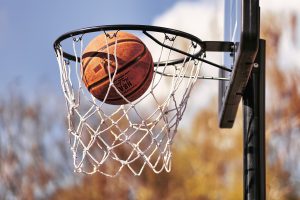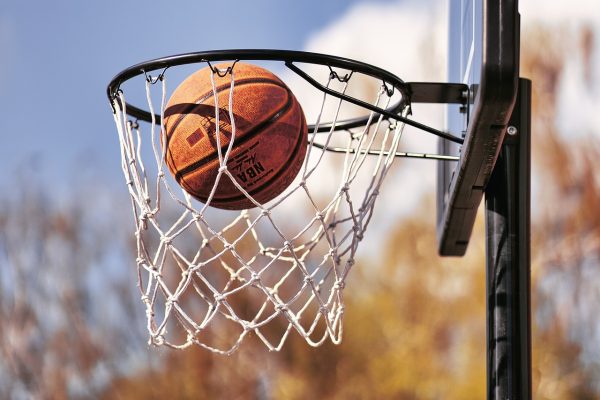The Plastic That Will Save Your Smile: Mouthguards Must Be Required in All Contact Sports
November 23, 2021
How often do you see a teammate wearing a mouthguard? Pretty much never. Especially in soccer and basketball, it is a rarity. But why is this the case? Sports such as field hockey, lacrosse, football, and hockey require mouthguards in order to play, yet soccer and basketball do not. Both are just, if not more of, contact sports.
There is nothing wrong with wearing one. It protects your mouth, teeth, and jaw from short or long term injuries. My mom always says “Who cares what you look like; you will be the one that looks weird when you have a missing tooth.” I believe this to be completely true because it shouldn’t matter how you look or if you are the only one wearing one; you are there to play your sport, not to look good.
I, for one, have always worn a mouthguard, even back to the days of town soccer. As I moved up to the high school level, I didn’t really want to wear one, but I soon found it was very important. In a game against Nashoba, the ball rocketed me in the face and I do believe that if I did not have a mouthguard in, there would have been significant damage to my mouth/teeth. The impact also led to me being under concussion protocol, but I never ended up having one. It has not been clinically proven that mouthguards prevent concussion, but they decrease hard impacts and blows.
Mouthguards do not have to be a burden for athletes; a multitude of mouthguards exist for all comfort levels including Stock, custom-made mouthpieces from your dentist, and Boil and Bite. Stock mouthguards are least expensive, yet also least effective. They are pre-formed and ready to use from the package, making them more uncomfortable. Custom-made guards, however, are most effective; they fit perfectly to your mouth and comfort level, despite being on the pricier side.
Even still, there are clear, thinner mouthguards that are difficult to notice. One example of this are the SISU Aero Mouthguards that are light, comfortable, and can be molded up to 20 times. Some NBA players are seen wearing these, yet not a majority. Despite the NCAA requiring mouthguard use in field hockey, football, and lacrosse, it is not the same in soccer or basketball. Even in sports that do require them, only about 65 percent of men reported wearing one, and 90 percent of women. Ultimately, there is no one to blame but yourself when an injury occurs.
Mouth guards are very important especially as athletes grow older, mainly because adult teeth are fully developed by then. If at any point a blow to the face/mouth occurs, harm done to the teeth will be significantly worse. There can be root and bone damage, chipped, broken teeth, and tooth loss. None of these conditions are ones that you want to happen.
So, before you step onto that field or court, do not forget a mouthguard–or the wise words of my mom.
Sources Used:
https://www.mouthhealthy.org/en/az-topics/m/mouthguards
https://www.wilsondentalcare.org/blog/post/mouthguards-reduce-risk-of-concussion-as-well-as-dental-injuries.html
https://now.tufts.edu/articles/safety-equipment-athletes-often-neglect-mouthguards

















Kylie Parsons • Dec 3, 2021 at 11:33 am
This is a great article! I never knew that soccer and basketball players aren’t required to wear mouthguards, but it’s interesting to think about.
Yael Bugaev • Dec 2, 2021 at 11:43 am
So well written Sophie. Forever love your precious mouth guard.
Kira Meehan • Dec 1, 2021 at 1:18 pm
Great job Sophie, this article is so well written!
Abby Fiedler • Dec 1, 2021 at 1:18 pm
Great way to address the necessity of this topic!
Maggie Hanlon • Dec 1, 2021 at 8:01 am
Wow Sophie what an interesting article.
caitlyn reitsma • Dec 1, 2021 at 7:58 am
this is such a well thought out piece, great job soph!!
Hannah Wallace • Dec 1, 2021 at 7:27 am
It is definitely interesting as to why sports like soccer don’t require mouth guards but others too. I agree that soccer has a great mount of contact so I think it is great that you discussed it in your article.